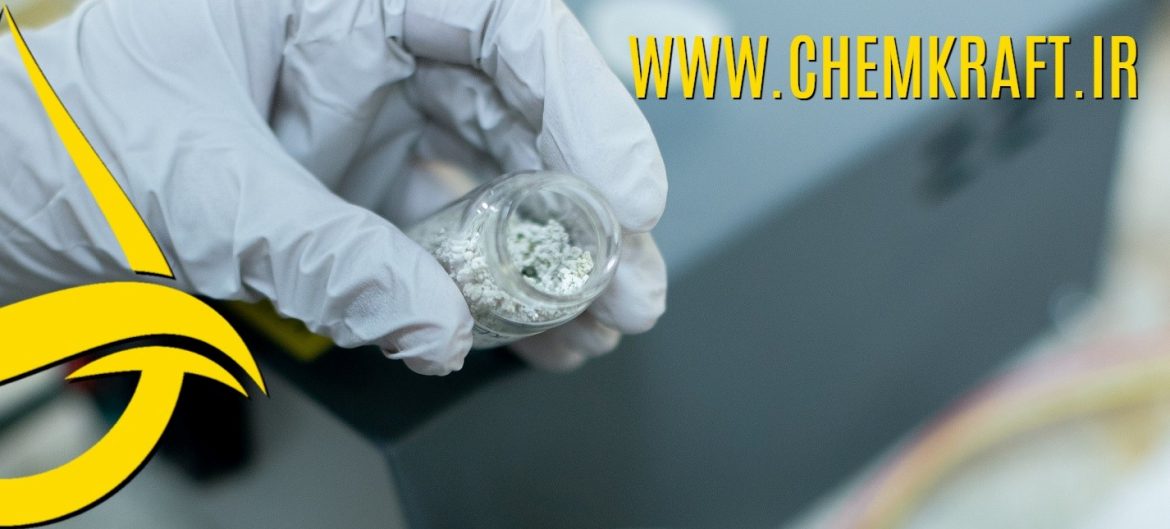DETECTING IMPURITIES IN CAUSTIC SODA FLAKES
DETECTING IMPURITIES IN CAUSTIC SODA FLAKES: SAFEGUARDING AGAINST FRAUDULENT PRACTICES

Introduction:
The caustic soda industry is a vital sector with widespread applications in various industries, ranging from chemicals to textiles. However, as with any commodity, there is the potential for unscrupulous practices, including the addition of impurities to caustic soda flakes to increase weight for fraudulent gain. This essay delves into methods for recognizing such fraudulent activities, safeguarding against impurities in caustic soda flakes, and ensuring the integrity of products within the industry.
**1. Understanding the Production Process:
To detect impurities in caustic soda flakes, it is crucial to have a fundamental understanding of the production process. Legitimate caustic soda production primarily occurs through the electrolysis of salt (sodium chloride), resulting in sodium hydroxide (caustic soda), chlorine gas, and hydrogen gas. This process should yield pure caustic soda, free from extraneous substances.
**2. Quality Standards and Certifications:
One of the most reliable ways to ascertain the quality of caustic soda flakes is to look for adherence to recognized industry standards and certifications. Legitimate producers comply with stringent quality control measures, and their products often carry certifications from reputable organizations, such as the International Organization for Standardization (ISO) or regional regulatory bodies.
A. ISO Standards:
ISO standards, such as ISO 9001 for quality management and ISO 14001 for environmental management, provide a framework for assessing the commitment of a caustic soda producer to quality and environmental responsibility. Verification of ISO certification is a positive indicator of a producer’s dedication to maintaining high standards.
B. Regulatory Compliance:
Reputable caustic soda producers comply with national and international regulations governing chemical production. Familiarity with the regulations in the region where the producer operates can aid in assessing their commitment to compliance.
See also Safety precautions for ABF
**3. Purity Testing:
Laboratory testing is an effective method for detecting impurities in caustic soda flakes. Independent testing services can analyze samples for purity levels and the presence of contaminants. Parameters such as sodium hydroxide concentration, chloride content, and heavy metal impurities are critical indicators of product quality.
A. Analytical Techniques:
Techniques like ion chromatography, titration, and spectrophotometry are commonly employed for analyzing caustic soda samples. These methods can detect impurities at trace levels, providing a comprehensive assessment of product purity.
B. Third-Party Verification:
To ensure impartiality and accuracy, third-party laboratories or certification bodies can conduct testing. These organizations specialize in verifying the quality of chemical products and play a crucial role in preventing fraudulent practices within the industry.
**4. Traceability and Supply Chain Transparency:
A transparent and traceable supply chain is essential for ensuring the integrity of caustic soda flakes. Producers that can provide detailed information about the origin of raw materials, production processes, and distribution channels are more likely to be committed to quality and transparency.
A. Source of Raw Materials:
Knowledge about the source of raw materials, especially the salt used in the electrolysis process, can reveal potential vulnerabilities in the supply chain. A reputable producer will have control mechanisms in place to ensure the purity of inputs.
B. Production Processes:
Understanding the steps involved in caustic soda production, from electrolysis to flaking, allows for an assessment of the likelihood of impurity introduction. Producers with well-documented and standardized processes are more likely to produce high-quality caustic soda flakes.
**5. Industry Reputation and Customer Reviews:
The reputation of a caustic soda producer within the industry and among its customer base is a valuable indicator of product quality. Companies with a history of fraudulent practices or low-quality products are likely to have negative reviews and a tarnished reputation.
A. Industry Recognition:
Producers that have received industry recognition, awards, or acknowledgments for their commitment to quality and ethical practices are more likely to be trustworthy partners.
B. Customer Feedback:
Reviewing customer testimonials and feedback can provide insights into the experiences of other industry players. A pattern of positive reviews and satisfied customers is indicative of a producer’s credibility.
Conclusion:
Detecting impurities in caustic soda flakes requires a multifaceted approach that combines industry knowledge, quality standards, laboratory testing, supply chain transparency, and reputation analysis. It is imperative for stakeholders in the caustic soda industry, from manufacturers to end-users, to be vigilant and employ due diligence in selecting reliable and ethical producers.
By fostering a culture of transparency, adherence to standards, and collaboration with reputable testing entities, the caustic soda industry can mitigate the risks associated with fraudulent practices. Producers committed to delivering high-quality, pure caustic soda flakes play a crucial role in maintaining the integrity of the industry and sustaining the trust of their customers. In doing so, the industry can continue to contribute to diverse sectors, providing a reliable and indispensable chemical for a myriad of industrial applications.
Hossein Moshiri
WA +989124311007
Source: https://chemkraft.ir/en/impurities-in-caustic-soda/
Comments
Post a Comment